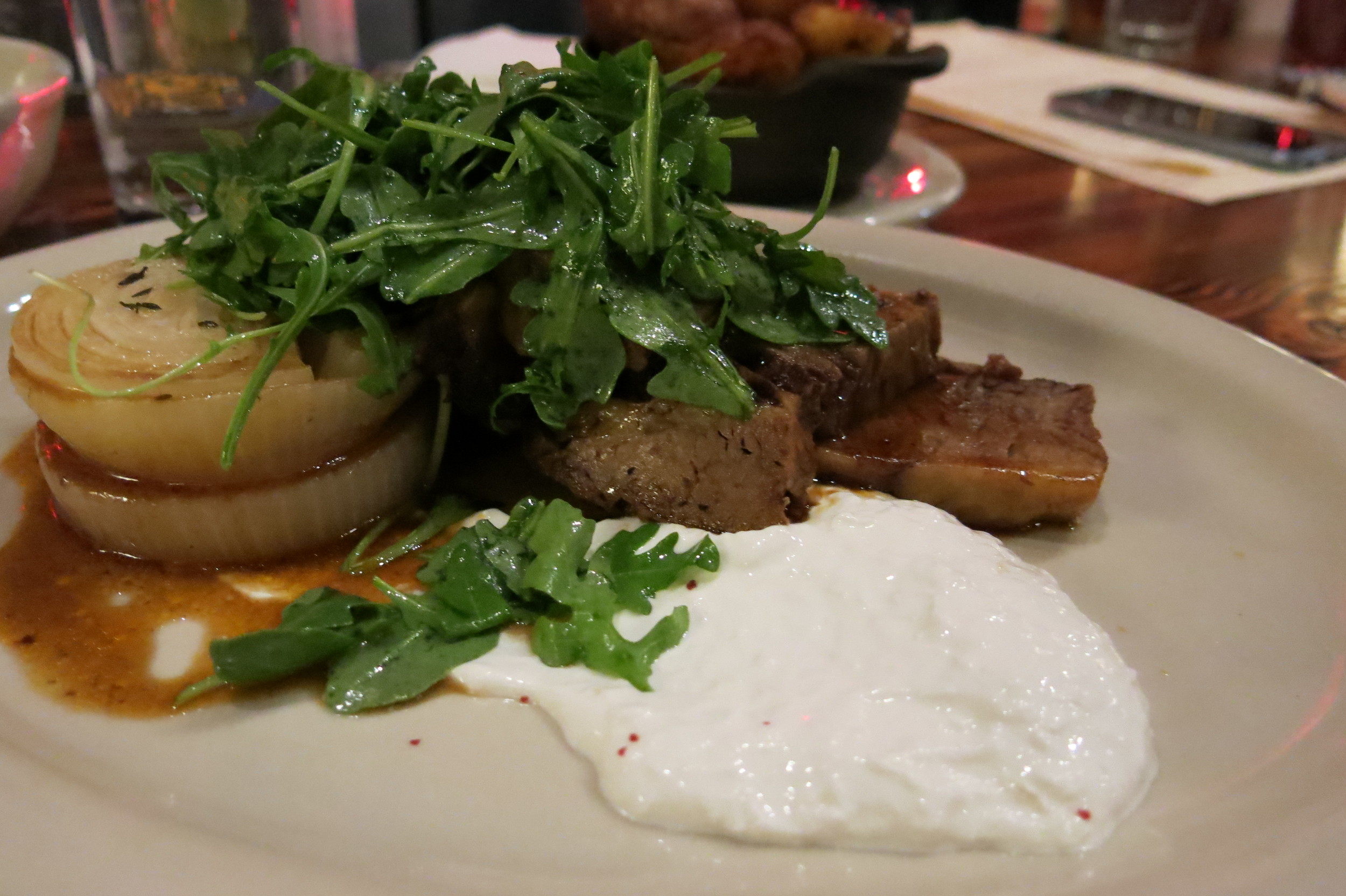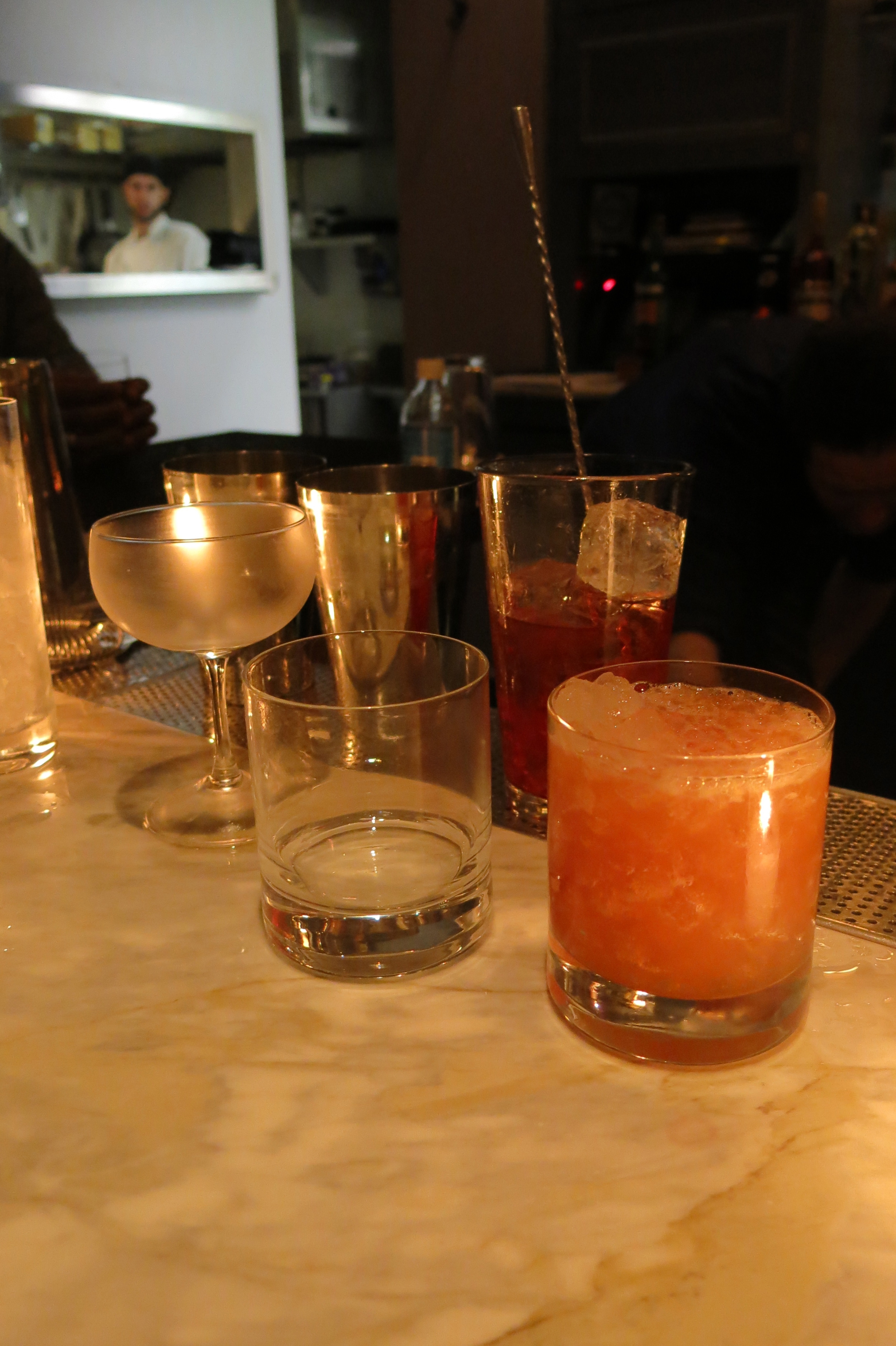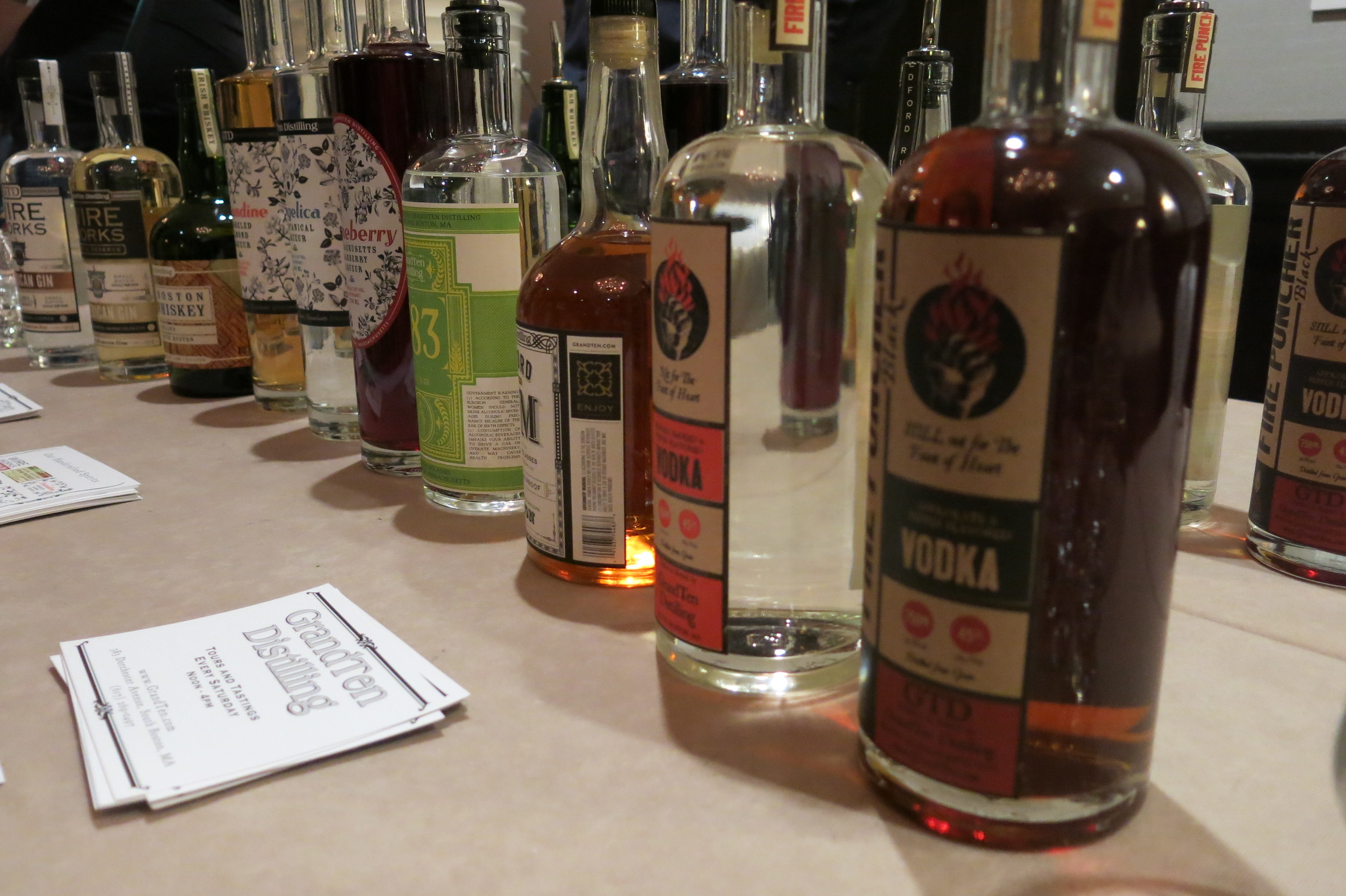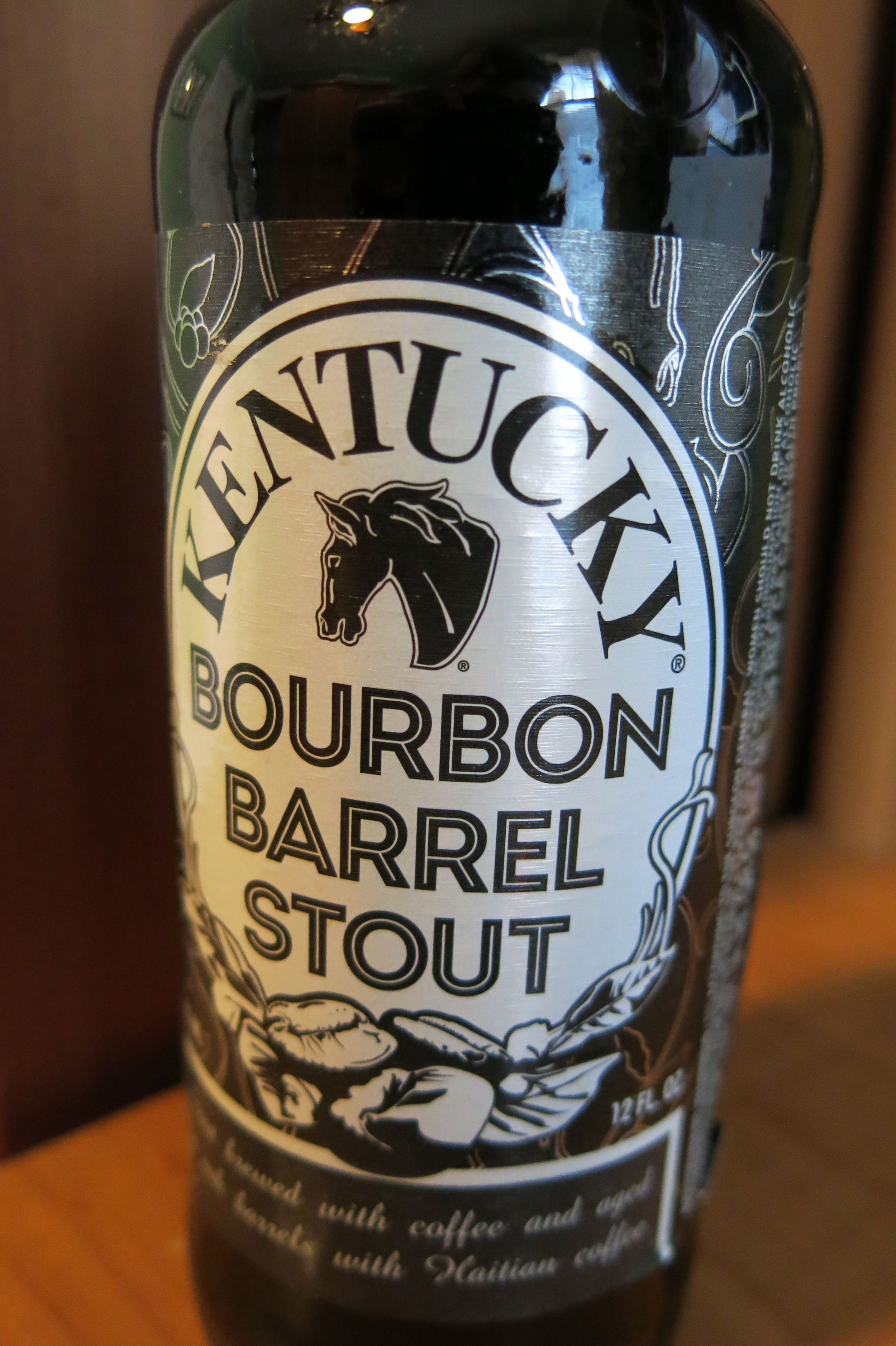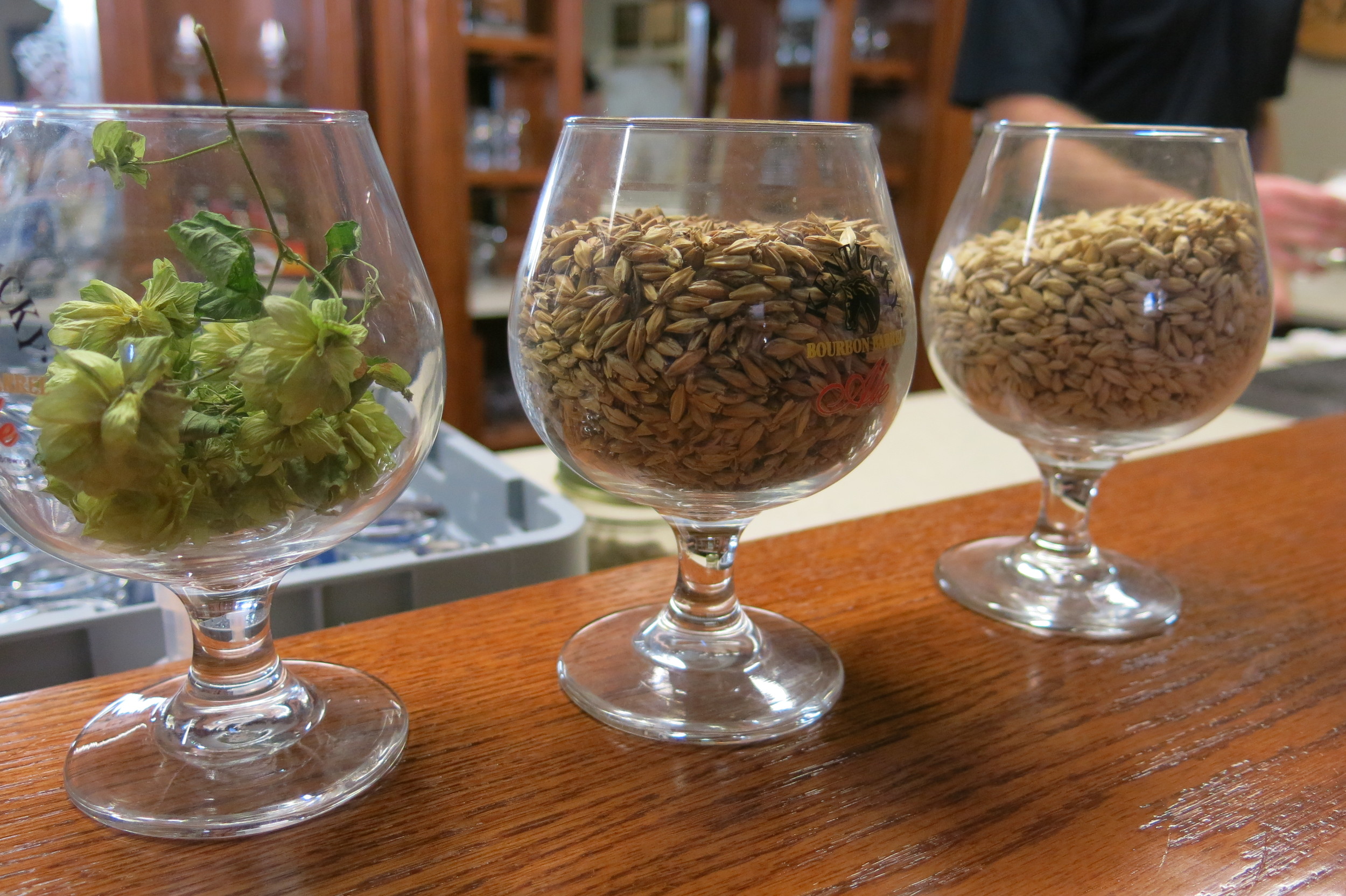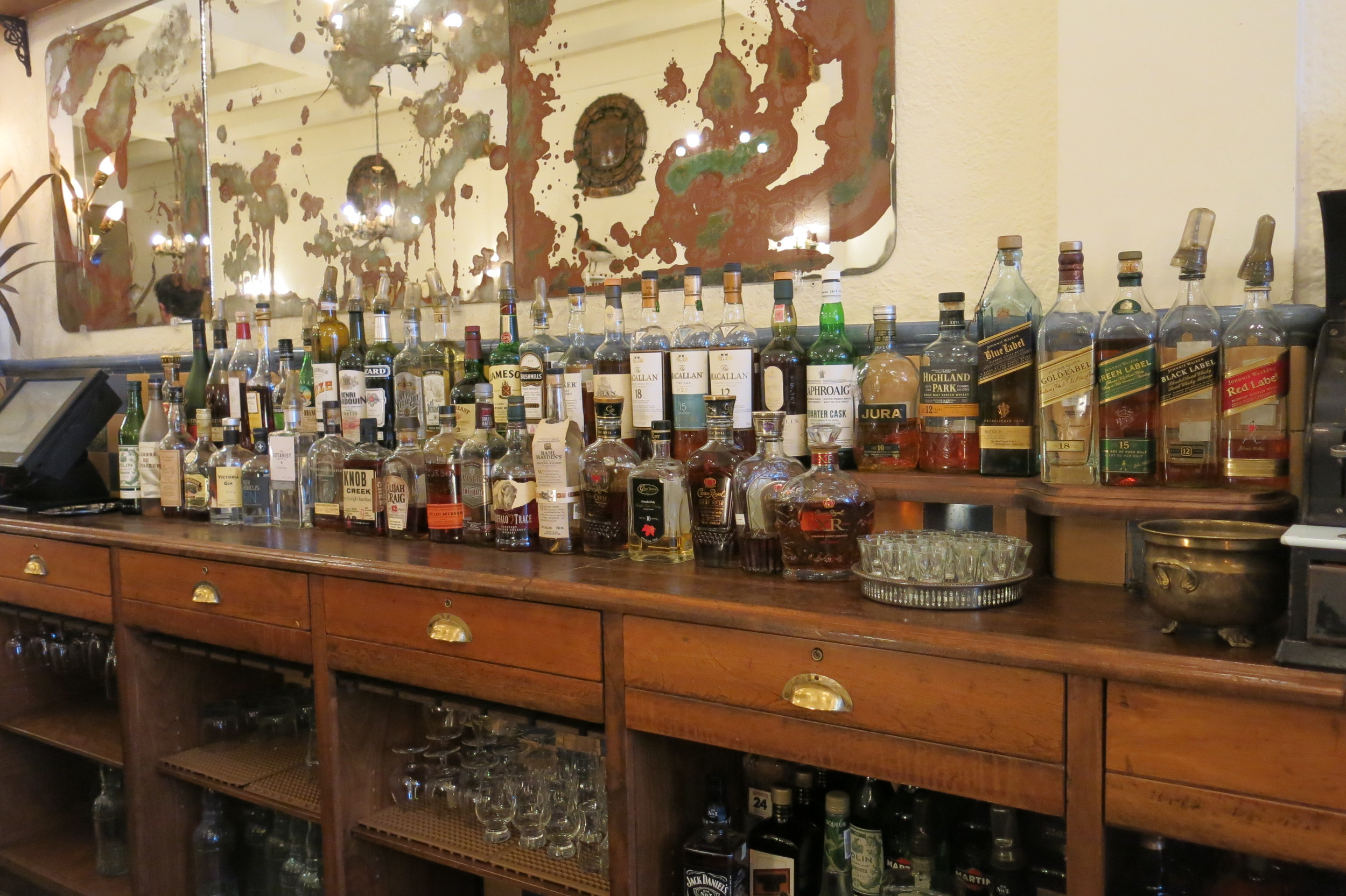When it comes to creative writing, I’ve always had a tendency to get excited about an idea, only to later find myself lacking the discipline to coax it into existence. I can’t tell you how many times my enthusiasm for a writing project wore off at some point between conception and creation. Maybe it was lack of dedication, a crisis of confidence, or just the simple fact that quality writing takes time and focus, and life is full of so many other things that demand attention. So if you’re surprised to learn that today marks the third anniversary of Boston BarHopper’s inaugural post, I can say with all certainty that I’m far more shocked than you are. I have read that 60% to 80% of all new blogs are abandoned within one month; honestly, even amid my early elation, I figured mine would ultimately fall into that dubious category.
I’m not telling you this as a means of publicly patting myself on the back. I suppose I’m just feeling a little reflective today about why I actually stuck with this. I think there are a few reasons, and I hope you’ll indulge me while I elaborate.
First, I’ve been blessed with an unending stream of support that predates my decision to start this blog and continues to this day. That encouragement takes on more forms than I can possibly describe, and it has buoyed me in times of doubt, extreme writer’s block, and general ennui.
Second, I have had the great fortune of meeting some incredible people through this blog. I’ve gotten to know talented bartenders, industry professionals, and fellow bloggers over the past few years, and I find it so stimulating to have a fascinating conversation over a good drink, learn something new, and come away feeling better and smarter for it. This world is full of wonderfully intelligent and creative individuals. I’m grateful to count some of them as friends and acquaintances, and I know I couldn’t have established those relationships except under the auspices of Boston BarHopper.
And that leads me to the third reason why, for three years, I’ve not only maintained this site but also poured my heart and soul into it. I certainly enjoyed going to bars, drinking well-made cocktails, and talking about quality spirits long before I decided to devote time to writing about such things. But I can’t honestly say that I ever gave the nuances of that stuff much thought.
As my knowledge of this industry has grown, so has my understanding of the challenges associated with it – and my respect for those who toil under some frustrating and exhausting conditions. Most of us don’t think about the fact that shaking dozens of cocktails every night can wear down your shoulder, or that a tiny slice on your fingertip can be torture when you’re faced with a long night of squeezing lemons and limes into drinks.
For those of us who always pay our tab, leave a generous tip, and thank our server, it’s easy to forget there are jerks who don’t.
I think it’s worth remembering that a humble bar with just a few beers on draft might have been built with someone’s life savings. Or that a fledgling brewery or small distillery is the culmination of somebody’s lifelong dream.
There was a time when the sum total of thought I devoted to a cocktail was simply whether I liked it or not. Now I find myself pondering the flavors, wondering about the process behind it. Why did the drink’s creator choose that particular combination of ingredients? Why did she use one brand of spirit over another? Chances are, it took a lot of trial and error. How much booze got poured down the drain before the right chemistry was discovered?
I guess what I’m saying is that as I’ve gotten to know people in this industry, I’ve learned their stories. And I’ve felt compelled to tell those stories to the best of my ability. If I’d stayed with the formula of “I went to a bar, here’s what I ordered,” I’m sure I would have lost interest in this venture, and BBH would have died on the vine like the vast majority of blogs. But hearing people talk about their struggles and triumphs, their vision, their passion, or something they created – I find all of that profoundly interesting. My goal is to make those stories interesting for you, too, while at the same time giving my subjects the respect they deserve.
So as the Good Ship BBH sails into its fourth year, I’d like to thank everyone who’s helped make this such a fun, challenging, and ultimately fulfilling adventure. There are many more stories to be told, and I’ll keep telling them as faithfully as I can.
Thank you for reading.
Best,
Matt
* * * * * * * * * * * * *
Copyright © Boston BarHopper. All Rights Reserved.































































































